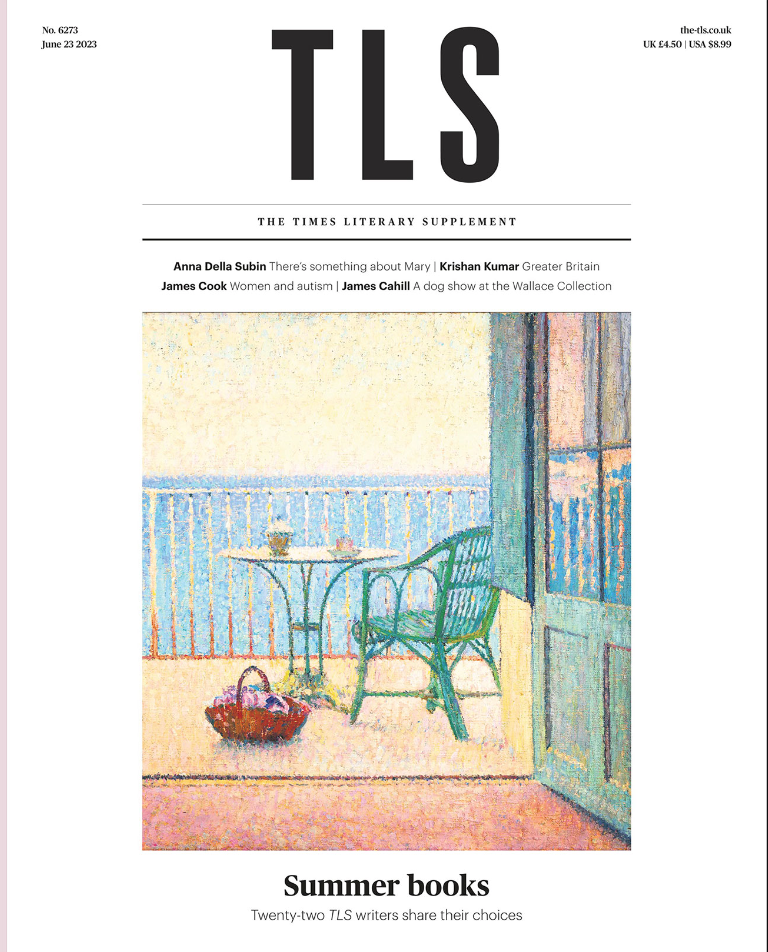
In Brief|In Brief Review
Outpost of isolation
The history of an island with ‘no history’
The Sardinia of D. H. Lawrence’s Sea and Sardinia (1921) is a squalid place, despite the exemplary masculinity of its men and the savage beauty of its terrain. But Lawrence spent barely a week on the island. Jeff Biggers moved to Alghero in 2017 for an extended period. He has explored every corner, talked to a lot of people and read a great deal. In Sardinia is devoid of primitivist nonsense.
Sardinia has “no history”, Lawrence pronounced – a ludicrous falsehood perpetrated by many writers since classical times. Thousands of Neolithic and Bronze Age structures and artefacts – notably the enigmatic buildings known as nuraghi – attest to a deep-rooted civilization. The Giants of Mont’e Prama – a mighty phalanx of forty stone figures unearthed in western Sardinia in the 1970s – were sculpted for a necropolis dating from around the twelfth century BCE and predate the kouroi of ancient Greece. It’s remarkable that so much has survived, given the depredations to which the island was subjected by the Phoenicians, Romans, Vandals, Spaniards, Pisans, Genoese and other invaders.
Biggers employs the term “historicide” in discussing the neglect of Mont’e Prama, and regards its ruination as symptomatic of a wider denial of Sardinian culture. Aggrieved on the island’s behalf, he notes that the ziggurat of Monte d’Accoddi (c.3,500BCE) is not even mentioned in The Oxford Handbook of Neolithic Europe, and that only 2 percent of the 7,000 or more nuraghi have been excavated. Italian schoolchildren are taught little about Sardinia’s archaeological wealth or even its more recent history. For most Italians and tourists, bandits and beaches come to mind much more readily than the exquisite bronze Nuragic figures that were once traded all over the Mediterranean. Widely thought of as the sitting duck of the region, ancient Sardinia in fact was an active participant in European trade, with connections reaching from Ireland to the Middle East.
Biggers is also a persuasive champion of modern Sardinian culture – not just the renowned folk singers and dancers, but visual artists such as Maria Lai, Francesco Ciusa, Edina Altara, Costantino Nivola and Pinuccio Sciola. He celebrates the jazz trumpeter Paolo Fresu and Antioco Casula, the “poet laureate of Sardinia in the twentieth century”. Of the island’s novelists, Salvatore Satta and Grazia Deledda have been widely translated, as has Gavino Ledda’s Padre Padrone (1975), but lamentably little else. Only one of Sergio Atzeni’s novels is available in English, for example, and none of Giulio Angioni’s.
Much more than a travelogue, In Sardinia is compendious and evocative, but the structure of several sections would have benefited from a firmer editorial hand and the text is marred by first-draft carelessness: “Ancient Sardinia was far from any outpost of isolation”, for example, or “linguists have noted more than seventy-five dialects across the island, if not more”. And for a book of this kind, a single map is inadequate illustration.